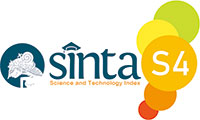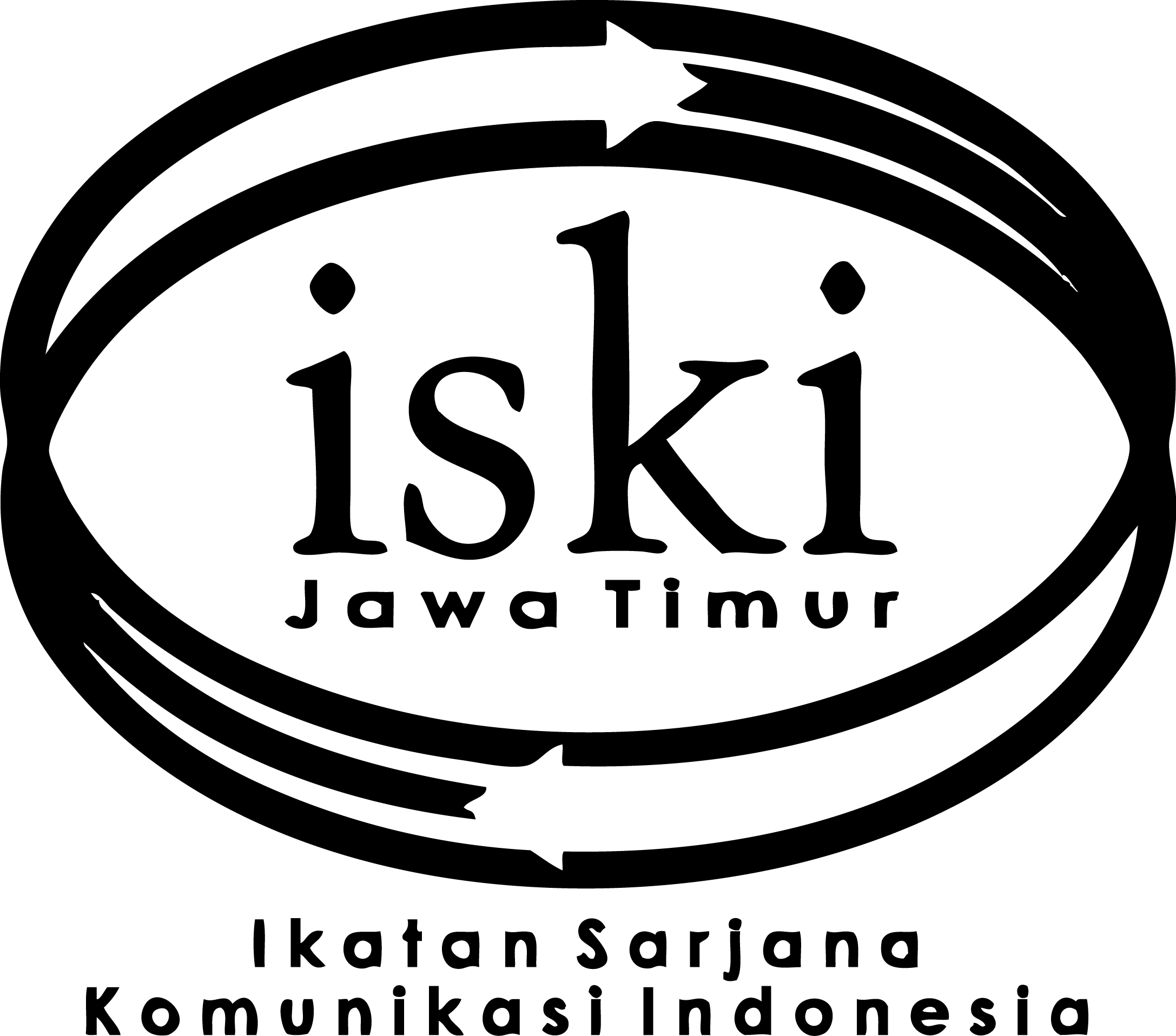LMX Theory: Quality of Relationships and Organizational Climate in Research Centers of Sweetener and Fiber Plants, 2010−2019
DOI:
https://doi.org/10.37826/spektrum.v11i2.470Kata Kunci:
iklim organisasi, kualitas hubungan, balittas, stakeholder relations, gaya komunikasiAbstrak
The quality of the relationship between superiors, subordinates, and colleagues is strongly influenced by organizational climate. Organizational communication problems that occur repeatedly, the lack of communication between superiors and subordinates, and conflicts at the employee level make the basis for researchers to conduct research and try to provide recommendations to improve conditions within the Balittas organization.
This research will discuss the quality of the relationship between superiors, subordinates, and colleagues from 2010-2019. This study aims to identify and analyze the quality of the relationship between superiors and subordinates, between coworkers for each period of each leader, analyze the implications of leadership communication styles on the quality of the relationship between leaders and subordinates and among colleagues.
This research was conducted using the Action Research method to go to Balittas from 2010 to 2019. Based on constructivism paradigm, this study collected data using structured interviews and analyzed using the action research cycle from Coghlan and Brannick. The results of this study indicate that the quality of the relationship between superiors and subordinates, as well as coworkers, is influenced by the leadership's communication style and communication climate
The quality of the relationship between superiors and subordinates, between colleagues in each period of each leader based on the LMX Theory, is dominated by our group quality. This is because the relationship bond is only limited to a contractual bond. The leader's communication style has implications for the quality of organizational member relationships. Subsequent research can develop the application of LMX theory in other government work units and create efforts to build quality in-group relationships within Balittas
Referensi
Berger, R., Roloff, M. E., & Roskos-Ewoldsen, D. R. (2010). What is communication science?. Dalam The Handbook of Communication Science (3−20). Thousand Oaks, CA: SAGE Publications, Inc. https://doi.org/10.4135/9781412982818.n1
Bryman, A. (2008). Social Research Methods. Oxford: Oxford University Press
Cheung, F. Y., & To, W. M. (2015). Do task- and relation-oriented customers co-create a better quality of service? An empirical study of customer-dominant logic. Management Decision, 53, 179−197. https://doi.org/ccj5
Chin, R. J. (2015). Examining teamwork and leadership in the felds of public administration, leadership, and management. Team Performance Management: An International Journal, 21(3/4), 199−216. doi:http://dx.doi.org/10.1108/TPM-07-2014-0037
Costello, P. J. (2003). Action Research. London: Continuum.
Creswell, J. W. (2009). Research Design: Qualitative, Quantitative, and Mixed Methods Approaches (3rd ed.). Thousand Oaks, California: SAGE Publications, Inc.
De Vries, R., Bakker-Pieper, A., & Oostenveld, W. (2010). Leadership= communication? The relations of leaders’ communication styles with leadership styles, knowledge sharing and leadership outcomes. Journal of Business and Psychology, 25(3), 367−380. 10.1007/s10869-009-9140-2
Denzin, N. K., & Lincoln, Y. S. (Eds.). (2011). The SAGE Handbook of Qualitative Research. Thousand Oaks, California: SAGE Publication, Inc.
Fairhurst, G. T., & Chandler, T. A. (1989). Social structure in leader-member interaction. Communication Monographs, 56(3), 215–239. https://doi.org/10.1080/03637758909390261
Graen, G. B., & Scandura, T. A. (1987). Toward a psychology of dyadic organizing. Research in organizational behavior, 4, 99−112. http://dx.doi.org/10.1111/j.1468-2958.1978.tb00600.x
Graen, G. B., & Schiemann, W. A. (2013). Leadership-motivated excellence theory: An extension of LMX. Journal of Managerial Psychology, 28(5), 452−469. http://dx.doi.org/10.1108/JMP-11-2012-0351
Graen, G. B., & Uhl-Bien, M. (1995). Relationship-based approach to leadership: Development of leader-member exchange (LMX) theory of leadership over 25 years: Applying a multi-level multi-domain perspective. The Leadership Quarterly, 6(2), 219–247. https://doi.org/10.1016/1048-9843(95)90036-5
Heide, M., & Simonsson, C. (2011). Putting coworkers in the limelight: New challenges for communication professionals. International Journal of Strategic Communication, 5(4), 201-220
Johnson, Craig E. & Hackman, Michael Z., (2018). Leadership A Communication Perspective (7th ed.), Long Grove, Illinois: Waveland Press, Inc.
Lewin, K., Lippitt, R., & White, R. K. (1939). Patterns of aggressive behavior in experimentally created “social climates”. Journal of Social Psychology, 10, 271–299.
Littlejohn, S. W., & Foss, K. A. (2008). Theories of human communication. Belmont, CA: Thomson/Wadsworth.
Novac, C., & Bratanov, C. I. (2014). The impact of the leadership style on the organizational climate in a public entity. Management Dynamics in the Knowledge Economy, 2(1), 155−179.
Novac, C., & Bratanov, C. I. (2014). The impact of the leadership style on the organizational climate in a public entity. Management Dynamics in the Knowledge Economy, 2(1), 155−179.
Pace, R. W., & Faules, D. F. (2013). Komunikasi Organisasi Strategi Meningkatkan Kinerja Perusahaan. (D. Mulyana, Trans.) Bandung: PT. Remaja Rosdakarya.
Pacleb, T. G., & Bocarnea, M. C. (2016). The relationship between leadership styles, leader communication style, and impact on leader–member exchange relationship within the banking sector in the United States. In Challenges, performances and tendencies in organisation management (pp. 275-287).
Ruck, K. and Welch, M. (2012), “Valuing internal communication: management and employee perspectives”, Public Relations Review, 38(2), pp. 294-302. doi: 10.1016/j.pubrev.2011.12.016
Salianto, S., & Lubis, R. (2014). Hubungan Gaya Kepemimpinan Spiritual dan Budaya Organisasi dengan Iklim Organisas. Analitika: Jurnal Magister Psikologi UMA, 6(1), 16-26.
Yulk, G. (2009). Leadership in Organizations (Global Edition). Essex: Pearson Education Limited.
























